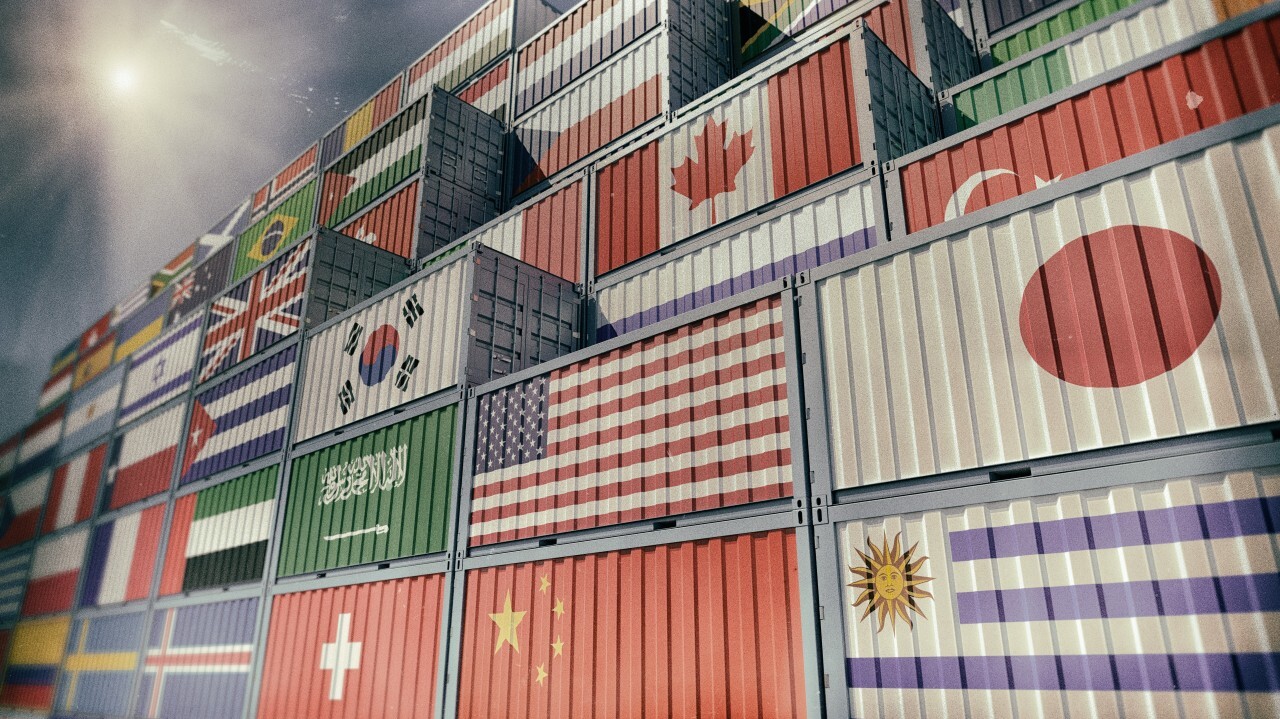Trump Liberation Day: How New U.S. Tariffs Threaten Emerging Market Exporters and What They Can Do

As the United States navigates significant political developments, international trade has become a focal point. A central policy under Donald Trump’s proposed second-term agenda is being dubbed “Trump Liberation Day”—a dramatic reset in U.S. trade policy through sweeping import tariffs on more than 100 countries.
At Convergence Capital Group, we serve exporters across Asia, including countries now flagged as “worst offenders” under this plan. The consequences are real and we want our clients and partners to understand both the risks and the tools available to mitigate them.
What Is “Trump Liberation Day”?
“Trump Liberation Day” refers to the proposed mass imposition of tariffs on imports to the U.S., framed as a strategy to eliminate the U.S. trade deficit and revive domestic manufacturing.
Tariff highlights include:
- A baseline 10% tariff on imports from most countries
- Higher tariffs (up to 49%) for countries running large trade surpluses with the U.S.
An economically reverse-engineered formula designed not around fair trade, but trade balances.
How Are These Tariffs Calculated?
According to the BBC, the tariff formula is as follows:
Tariff (%) = (U.S. Trade Deficit in Goods with Country ÷ Total Goods Imports from Country) ÷ 2
For example:
- U.S. imports from China: $440B
- Trade deficit with China: $295B
- Tariff = (295 ÷ 440) ÷ 2 = 34%
The formula has been applied unevenly—some countries with no trade deficit (e.g., the UK) still face a 10% tariff. The approach, while simple, is not reciprocal or economically justified, but politically designed to reduce bilateral trade deficits.
Who Gets Hit the Hardest?
Below are key countries in our network that now face some of the highest new tariff rates:

These tariff hikes will erode price competitiveness, especially in industries like apparel and home goods, where exporters already operate on tight margins.
How Convergence Helps Exporters Navigate This Shock
At Convergence, we offer a comprehensive risk-mitigation toolkit designed specifically for exporters in developing economies:
1. Receivables Finance with Trade Credit Insurance
Get immediate liquidity by converting invoices into cash. We pair this with credit insurance, so you’re protected even if a buyer delays or defaults.
2. USD Cash Flow and FX Shield
We finance in USD, helping you hedge against currency depreciation that often follows trade disruptions.
3. Market Diversification, Safely
With Convergence finance + insurance, you can:
- Extend competitive payment terms to new buyers in Europe, the Middle East, and Asia
- Enter new markets with reduced credit risk
- Maintain cash flow even as U.S. demand slows
4. Extend Payment Terms Without Risk
We help exporters support longer payment cycles for new overseas clients—backed by credit protection without tying up working capital.
Exporters: Act Now to Avoid a Trade Cliff
The Trump Liberation Day tariffs are not theoretical—they reflect a broader movement toward protectionism that could redefine global trade for years. Emerging-market exporters must prepare now to adapt, diversify, and protect their balance sheets.
At Convergence, we don’t just fund receivables. We partner with you to navigate complex trade risks, enter new markets confidently, and stay competitive—no matter what happens in Washington.
Previous Post Next Post


